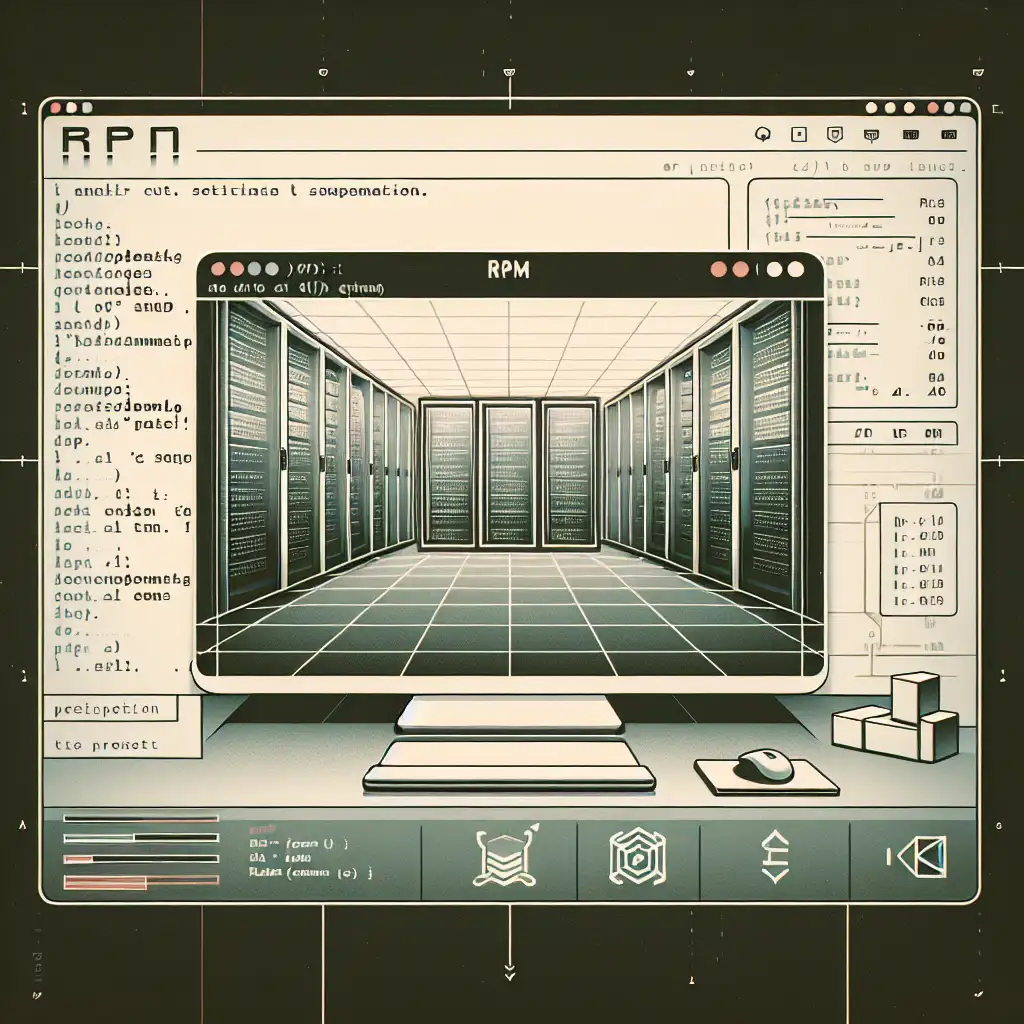Mastering RPM Installation on Linux: A Step-by-Step Technical Blueprint
Forget the guesswork: demystify RPM installation by breaking down the process from dependency resolution to post-install configuration, empowering sysadmins to take control without relying on GUI tools or guesswork.
RPM (Red Hat Package Manager) is a cornerstone package format for many enterprise Linux distributions like RHEL, CentOS, Fedora, and openSUSE. For sysadmins and Linux enthusiasts alike, mastering RPM installation is essential — it streamlines software deployment, ensures system stability, and reduces headaches down the line.
In this post, we’ll walk through how to install RPM packages on Linux at the command line, tackle common pitfalls like dependency issues, and discuss best practices for managing RPMs effectively.
Understanding the Basics of RPM Packages
RPMs are binary or source packages that bundle all necessary files along with metadata such as version info and dependencies. Unlike universal package managers (e.g., apt on Debian-based systems), RPM requires you to manage dependencies explicitly — or use higher-level tools that automate this.
Why Install RPMs Manually?
- You’re working on minimal/enterprise servers without graphical package managers.
- You need control over specific versions.
- You’re deploying custom or third-party software not in official repositories.
Step 1: Check for Existing Package Installation
Before jumping into installation, check if the package is already installed:
rpm -q package_name
Example:
rpm -q httpd
If installed, this returns the version; otherwise:
package httpd is not installed
Step 2: Installing an RPM Package
Using rpm command directly
The core utility to manage RPMs is rpm. To install a package:
sudo rpm -ivh package_file.rpm
-i: install-v: verbose output-h: display hash marks to show progress
Example:
sudo rpm -ivh nginx-1.20.1-1.el7.ngx.x86_64.rpm
Warning: This method does NOT resolve dependencies automatically. If there are missing dependencies the installation fails.
Step 3: Handling Dependencies with yum or dnf
Since manual rpm -i doesn’t handle dependencies, sysadmins usually prefer using:
yum(RHEL7/CentOS7)dnf(Fedora, RHEL8+)
These frontends resolve dependencies by downloading required packages from enabled repositories.
To install an rpm file with dependencies handled automatically:
sudo yum localinstall package_file.rpm
# or on newer systems:
sudo dnf install package_file.rpm
Example:
sudo dnf install ./nginx-1.20.1-1.el8.ngx.x86_64.rpm
Note that using the relative path (./) tells dnf it’s a local file.
Step 4: Updating an Existing Installed Package
To upgrade an existing rpm package keeping configuration files intact:
sudo rpm -Uvh package_file.rpm
or better with dnf/yum:
sudo dnf upgrade package_file.rpm
Step 5: Verifying Installation
After installing your rpm successfully, verify installation and list files installed by the package:
rpm -ql package_name
Check files’ integrity/status:
rpm -V package_name
Step 6: Removing an Installed Package
To uninstall/remove an rpm:
sudo rpm -e package_name
Check also if dependencies are affected before removal.
Bonus: Querying Detailed Info About Packages
Get detailed metadata about any installed or local package file:
rpm -qi package_name # Info about installed package by name
rpm -qpi package_file.rpm # Info about local file
List packages matching a pattern:
rpm -qa | grep partial-package-name
Troubleshooting Common Errors
Missing Dependencies?
If you get errors like:
error: Failed dependencies:
libfoo.so.1()(64bit) is needed by your-package-name-version.arch.rpm
Try installing those dependencies manually via yum/dnf or enable appropriate repos.
You can also use tools like yum-utils which includes repoquery and yumdownloader to fetch missing rpms.
Database Lock Issues
RPM uses /var/lib/rpm/__db*. If you see lock errors, try rebuilding db:
sudo rm -f /var/lib/rpm/__db.*
sudo rpm --rebuilddb
Summary Checklist for Smooth RPM Installation
| Task | Command Example |
|---|---|
| Check if installed | rpm -q httpd |
| Basic install (no deps) | rpm -ivh pkg.rpm |
| Install with deps (recommended) | dnf install ./pkg.rpm |
| Upgrade existing pkg | rpm -Uvh pkg.rpm or dnf upgrade ./pkg.rpm |
| Verify files | rpm -ql pkgname |
| Remove | rpm -e pkgname |
Mastering these commands guarantees you can confidently manage most RPM-based software installations without GUIs or guesswork — the kind of robust knowledge that’s invaluable in enterprise Linux environments!
